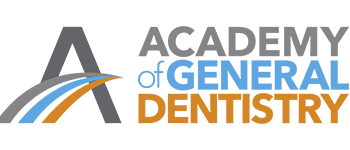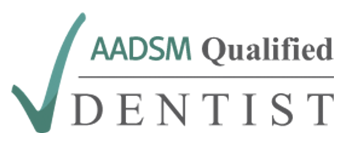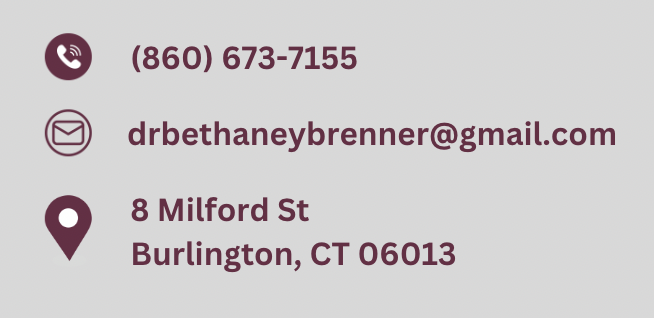“Nearly 80% of people with moderate to severe sleep apnea don’t even know they have it.”
That’s not just a statistic—it’s a serious problem. Untreated sleep apnea doesn’t just make you tired. It can quietly strain your heart, raise your blood pressure, affect your mood, and increase your risk of stroke and diabetes. The first step to fixing it? Getting a proper diagnosis.
At some point, many people start asking themselves why they feel tired all the time. They go to bed early, sleep through the night, and still wake up groggy. Maybe they snore. Maybe they’ve been told they stop breathing in their sleep. This is where the path to better sleep begins.
What Is Sleep Apnea?
Sleep apnea is a condition where your breathing stops or becomes dangerously shallow during sleep. The most common form is called obstructive sleep apnea (OSA), which happens when the soft tissues in the back of your throat collapse and block your airway.
Every time this happens, your brain jolts you awake just enough to resume breathing. These interruptions can happen dozens—or even hundreds—of times a night. You might not remember them, but your body does. And over time, this constant disruption can rob you of the deep sleep your brain and body need.
Symptoms of sleep apnea can show up in different ways. You might wake up with a headache, dry mouth, or sore throat. Maybe you notice you’re irritable during the day, find it hard to concentrate, or get unusually sleepy in the afternoon. Some people wake up multiple times to use the bathroom. Others have been told they snore or gasp during sleep.
For many, these signs get brushed off. But they’re signals from your body that something bigger might be going on. Getting a proper diagnosis starts by listening to those signals.
How Sleep Apnea Is Diagnosed
The only way to truly know if you have sleep apnea is to complete a sleep study. There are two common ways to do this: in-lab polysomnography and home sleep apnea testing.
An in-lab sleep study is done overnight at a sleep center. You’re connected to sensors that track your brain activity, oxygen levels, heart rate, breathing patterns, and movements. It’s the most detailed form of testing and is often recommended for people with other health conditions or suspected complex sleep disorders.
A home sleep test is much simpler and more comfortable. You take a small monitor home, follow a few basic instructions, and wear it while you sleep in your own bed. This test records your breathing, oxygen levels, and airflow. It’s a great option for people suspected of having moderate to severe obstructive sleep apnea.
Both options give valuable insights. The choice depends on your symptoms, medical history, and the recommendation of your healthcare provider.
Understanding Your Sleep Study Results
The most important number on your sleep study report is called the Apnea-Hypopnea Index (AHI). It tells you how many times per hour your breathing was disrupted. If your AHI is under five, it’s considered normal. A score between five and fourteen means you have mild sleep apnea. If your score is between fifteen and twenty-nine, it’s considered moderate, and anything over thirty is classified as severe.
Your results may also include information about how low your oxygen levels dropped, how much time you spent in each stage of sleep, and how often you were aroused out of deeper sleep stages. These numbers help paint a complete picture of how your body is responding to disrupted breathing.
Even if your AHI falls in the “mild” range, your symptoms and daytime fatigue might still be significant. That’s why the numbers are only part of the story. A healthcare provider will look at your results in the context of how you feel and what’s happening in your daily life.
Other markers such as the Oxygen Desaturation Index (ODI), which measures how often your oxygen levels drop, and total sleep time can also be critical in shaping a complete diagnosis. Sleep architecture—meaning the balance between light, deep, and REM sleep—also plays a role in how refreshed or drained you feel upon waking.
What Happens After Diagnosis?
Once you have a confirmed diagnosis, it’s time to talk treatment. For people with moderate to severe sleep apnea, the most common recommendation is CPAP therapy. CPAP stands for Continuous Positive Airway Pressure. It uses a small machine that delivers constant airflow through a mask to keep your airway open at night.
CPAP can be life-changing. But it’s not the only option. If your apnea is mild to moderate, or if you can’t tolerate CPAP, you might be a good fit for oral appliance therapy. These custom-fitted devices look like sports mouthguards. They gently move your jaw forward, which keeps your airway open while you sleep.
Other treatments may include positional therapy—training yourself to sleep on your side instead of your back—or myofunctional therapy, which uses targeted exercises to strengthen the muscles of your airway and tongue. In some cases, surgery may be needed if there’s a structural blockage that isn’t responding to other treatments.
Lifestyle changes can also play a powerful role in supporting your recovery. Losing weight, avoiding alcohol, quitting smoking, and reducing sedative use can improve symptoms. Even improving your posture, nasal breathing, and sleep environment can have an impact. A clean, dark, and quiet bedroom with a regular bedtime routine goes a long way toward promoting high-quality sleep.
The Role of Follow-Up and Long-Term Monitoring
Once you start treatment, the journey doesn’t end there. A follow-up sleep study or clinical evaluation is often necessary to see if the therapy is working. This is especially true for people using CPAP or oral appliances, as small adjustments can lead to significant improvements.
As your body changes—whether through weight loss, aging, or other medical changes—your sleep patterns may shift as well. That’s why periodic reassessments are important. Monitoring ensures that your treatment stays effective and that you continue feeling your best over time.
It’s also worth remembering that treatment success isn’t always linear. You might have great nights and not-so-great ones. That’s normal. The key is consistency and communication with your provider.
Why Sleep Apnea Diagnosis Is So Important
Getting diagnosed isn’t just about snoring less. It’s about restoring your quality of life. When your body gets the deep sleep it needs, everything else starts to function better. You think more clearly. You feel more energetic. Your blood pressure stabilizes. Your risk of heart disease, stroke, and memory loss decreases.
Most importantly, you feel like yourself again.
Too many people live for years with untreated sleep apnea—never realizing that their poor sleep is at the core of so many other struggles. That’s why diagnosis is so powerful. It puts you in control.
If you’ve been feeling constantly tired, waking up with headaches, or hearing complaints about your snoring or breathing, don’t wait. Getting tested might feel intimidating, but the process is simpler than you think—and the results can change everything.
You don’t have to keep living in a cycle of exhaustion and confusion. With the right information, the right diagnosis, and the right support, you can move forward into a healthier, clearer, more energized version of your life.







